Grid-13

Despite its apparent complexity, Grid-13 is made up of only 3 basic shapes (square, right triangle, and trapezoid) and a complex polygon.
The polygon surrounding the simple shapes plays an important role in determining how the viewer will experience the composition. By seeing the inner part of the surrounding polygon as a container of all the simple shapes, the negative space of the inner area becomes inverted (the simple shapes become negative space and the surrounding areas solid). This is, of course, an illusion that is only broken by following the path of the apparent solid towards the bottom where one finds a revealing opening. The real solid is the surrounding polygon which is completely enclosed. In the same way as Grid-04 is most likely viewed as having triangular figures instead of 3-spiked polygons, this piece will most likely be perceived with as much simplicity as possible.
The complex shape is too complex for viewers' minds to register it first. I believe the human brain tries to find the easiest way to create meaning and almost always sticks to it. For instance, there is a known psychological phenomenon called pareidolia, in which people recognize faces and other common objects in random visual arrangements. What's interesting is that this phenomenon has leaked to the realm of artificial intelligence and now face-recognizing computers are mistaking faces with objects that have a similar geometric arrangement: Pareidolia: A Bizarre Bug of the Human Mind Emerges in Computers - Rebecca J. Rosen - The Atlantic.
To wrap it up, what I see here is a crossbreed between a space invader and Super Mario virus so game on!
Introducing Gridz
Gridz are abstract art pieces with the following characteristics:
- Have a minimalist design
- Are drawn using a grid as aguide (usually from 8x8 up to 20x20)
- Use only staringht lines that start and end at grid crossings
- Use repetition and space creatively and thoughtfully
- May implement familiar/thought-provoking shapes and symbols
-
Do not use suggestive titles



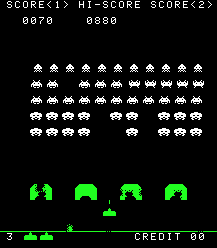
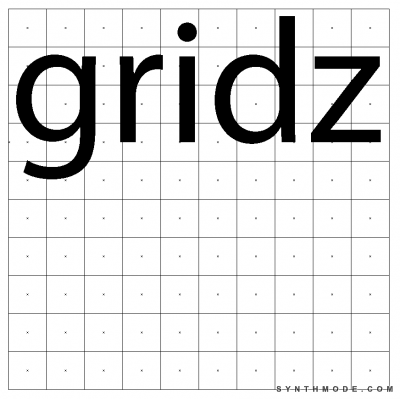
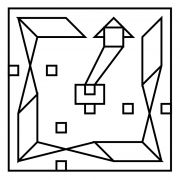

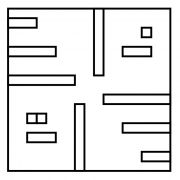
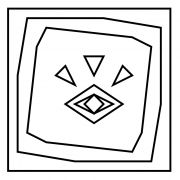
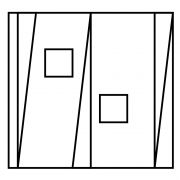

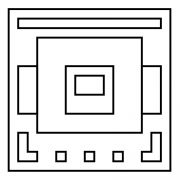
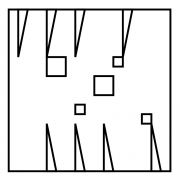
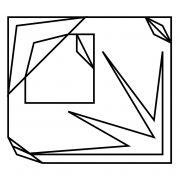
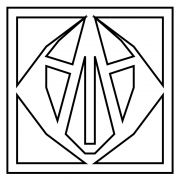
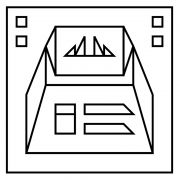
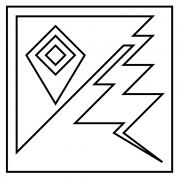
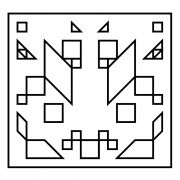
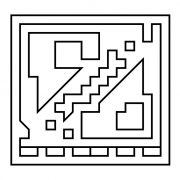
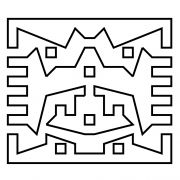
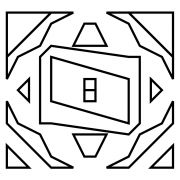
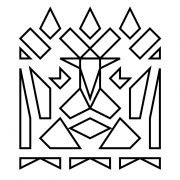
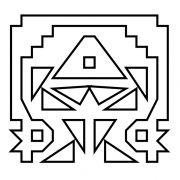
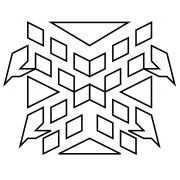
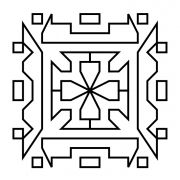
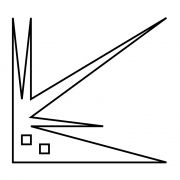
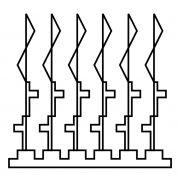
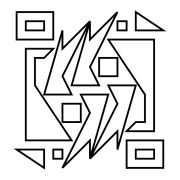
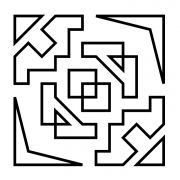
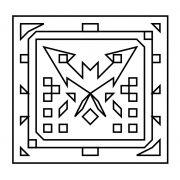
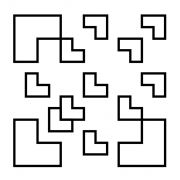
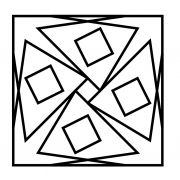
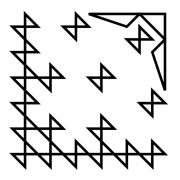
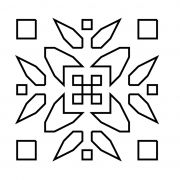
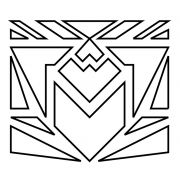
Comments
I actually didn't see the
Good to know it's not just me
Good to know it's not just me ;)
Add new comment